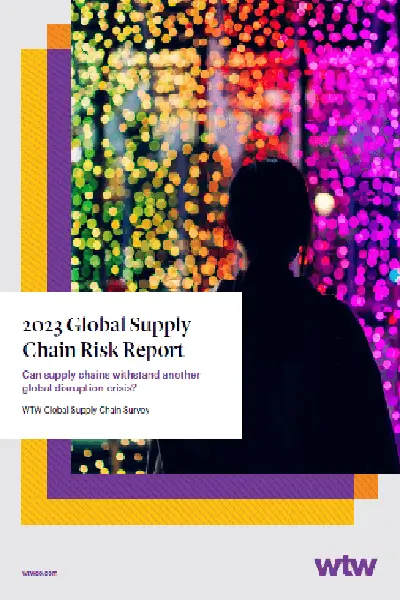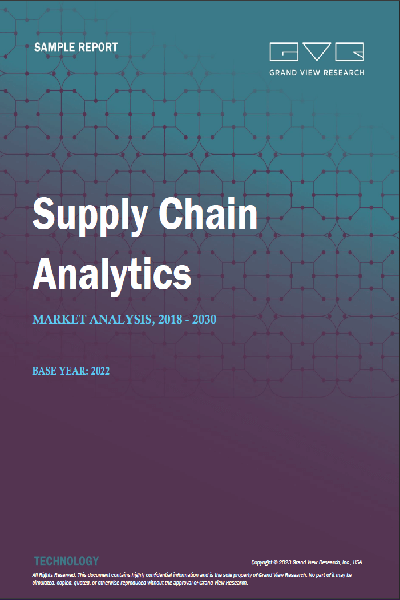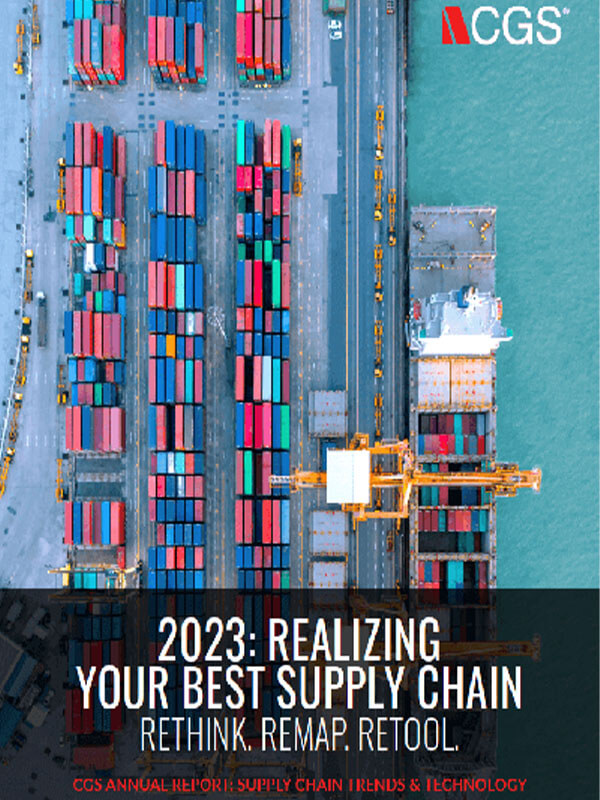For years, ever-expanding and more efficient supply chains were like magic oil lubricating the global economy. They kept delivering cheaper goods, wider choice and higher economic growth. Until the pandemic hit and many of the chains got stuck.
In 2023, many businesses are still recovering from that massive system shock. With the crisis in Ukraine and tensions in the China Sea adding new uncertainty, building more resilient supply chains has become a more difficult task.
Key findings
Losses higher than expected — but mainly
short-term Almost two thirds (65%) of business leaders said losses related to supply chain were higher or much higher than expected over the last two years as they continue to count the costs of the pandemic. But a majority (58%) are more concerned about disruption causing short-term loss of sales rather than long-term losses (25%).
Businesses are taking action to increase Resilience
65% have made improvements and a further 18% have completely transformed their approach to supply chain management in response to the pandemic. 58% plan to make significant changes in the next year.
Poor data and transparency are roadblocks
73% agree or strongly agree that supplier concerns about proprietary knowledge or intellectual property make it difficult to get full transparency in their supply chain.
Firms lack insurance solutions to manage risks
89% think insurance for supply chain risks is mission critical or that some cover is necessary. But almost as many (80%) said a lack of insurance solutions was among the greatest challenges to addressing their risks over the next 3-5 years.
Business interruption and climate risks not well covered
Only 17% of respondents said they had specific insurance to cover business interruption risks in their supply chain, although 53% thought it was covered by other insurance.
Economy and cyber among the top risk factors
Economic uncertainty (32%) and inflation (26%) are among the leading factors underlying supply chain risks.
Risks are within firms’ influence but not control
Fewer than half of companies (48%) feel the root causes of supply chain risks are within their control.
Key trends
Trends to watch in 2023
Deglobalization
Factors such as inflation, rising wage costs and labor shortages in Asia, and political instability, are reducing the benefits of globalization.
Digitalization
As well as digitalizing their own operations, companies will make more use of digital tools such as telematics to keep track of assets in the supply chain.
Inflation
Although headline inflation may come down in 2023, supply chain costs including raw materials, labor, energy and transport are all continuing to rise, putting pressure on companies and their suppliers.
Labor shortages
Factors such as aging populations, skills gaps and strikes will ensure that labor shortages continue to be an issue for supply chains through 2023.
Sustainability
Extreme weather is making some raw materials harder to harvest or access.
COVID-19
While many businesses are back to near normal operations, COVID-19 is still a real threat.
You read full report from here.



